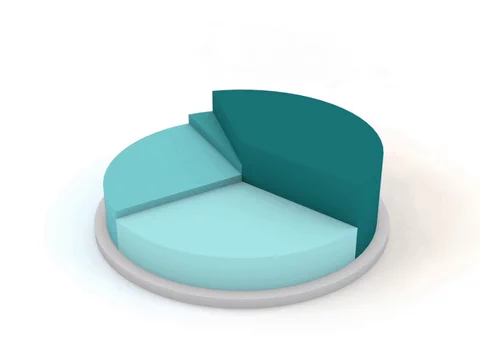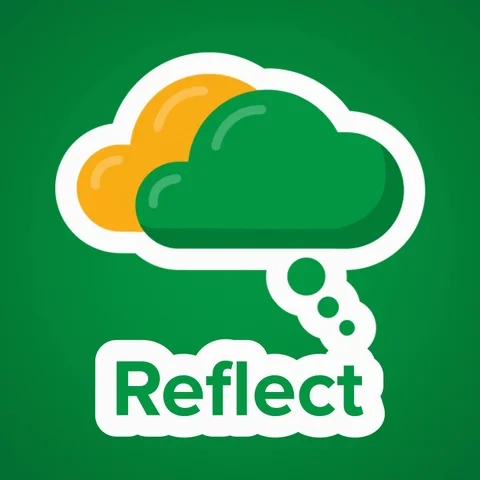Inclusion. Multiculturalism. Culture competence. Equity. These terms are familiar to teachers and administrators across schools that understand the centrality of diversity in education.

Where Does Equity Fit?
A better understanding of equity in particular, i.e., equity literacy, could be the catalyst your classroom or program needs to increase student success.
Equity Literacy Basics
Differences among your students are normal, as all teachers know. But some differences can be the result of historical, social, or economic bias.
Equity in education means accounting for and eliminating the differences that get in the way of learning. Equity literacy, then, is the mindset and strategies teachers need to achieve equity in their classrooms.
 Image credit: Bing Copilot
Image credit: Bing Copilot
What Equity Literacy Looks Like
Specifically, equity literacy is a challenge for teachers to:
Identify and compensate for harmful bias
Cultivate an equitable classroom culture
Strategies for Achieving Educational Equity
Teachers can achieve equity through the following actions:
Creating access to resources 🔑
Conducting targeted interventions 🤝🏼
Designing culture- and identity-affirming instruction ❄️
Analyzing instructional data 📊
Quiz
Differences in student proficiency are common in all classrooms. What are equity-based responses to this classroom reality? Choose all that apply:
Equity Literacy Strategy #1: Access to Resources 🔑
In an equity-based classroom, access means recognizing and eliminating barriers to resources.

Greater Access to Achieve Equity
Provide a wider selection of classroom materials
Accommodate language differences
Design with Universal Design for Learning (UDL)
A Closer Look at UDL
In Universal Design for Learning (UDL), teachers ask which students can access what resources, and under what conditions, resulting in small lesson enhancements for a few that scale up to help most students. Adding captions on instructional videos, for instance, can help both students who are hard of hearing and other students who must watch the video in a noisy environment.

What barriers to resources do you remember from your own experiences as a student?
Equity Literacy Strategy #2: Targeted Interventions 🤝🏼
When students fall behind, teachers should form specific plans to help them catch up.

Targeted Interventions to Achieve Equity
Monitor and act on student data
Use engaging instructional approaches
Respond to unwanted behavior with instructional solutions
Create Individualized Education Plans (IEPs)
A Closer Look at IEPs
The Individualized Education Plan (IEP) serves as the blueprint for educational interventions for students with disabilities. They chart the gap between current and desired performance, and document how to close that gap. They can also serve students in taking control of their own learning, but don’t just take my word for it.

Do you have any students with an IEP? Could some of your students benefit from one?
Equity Literacy Strategy #3: Identity-Affirming Instruction ❄️
The reflection of a student’s interests, language, and culture in instructional materials strongly motivates learning.

Identity-Affirming Instruction to Achieve Equity
Embrace different student cultures, including language
Make assignments and class time student-driven
Read cultural- and identity-relevant texts
A Closer Look at Identity-Relevant Texts
Most simply, identity-relevant texts are those that students can see reflected in themselves or their culture. In reading-focused classrooms, the use of such texts or passages increases student engagement.

What were your favorite texts or subjects in school? How did those texts or subjects connect to your interests or culture?
Equity Literacy Strategy #4: Analyzing Instructional Data 📊
Classroom data is a crucial tool for achieving equity in education.

Instructional Data to Achieve Equity
Adjust instruction formatively
Experiment with alternative grading systems
Look for and redress disproportionality in data
A Closer Look at Disproportionality in Data
You can note students performing outside of norms with the right data sets. Whether it's at the individual or group level, identifying performance differences is the first step in fixing any inequities that may have caused those differences.
The next step is to begin asking questions about the causes: "Whom have I not called on today?", "How can I recognize my quiet students?", etc.

What does the latest demographic and assessment data begin to tell you about your class?
Quiz
The data is in: twenty percent of your students failed to show their work on a math quiz, despite explicit written instructions. Which equity-based questions should you ask about this performance issue? Choose all that apply:
Take Action
These equity practices show what it means for teachers to be equity literate in their classrooms. Not just to build equity but to eliminate inequity.
 But it doesn’t end here. Only you can decide how each equity literacy strategy looks in your classroom.
But it doesn’t end here. Only you can decide how each equity literacy strategy looks in your classroom.
Your feedback matters to us.
This Byte helped me better understand the topic.

